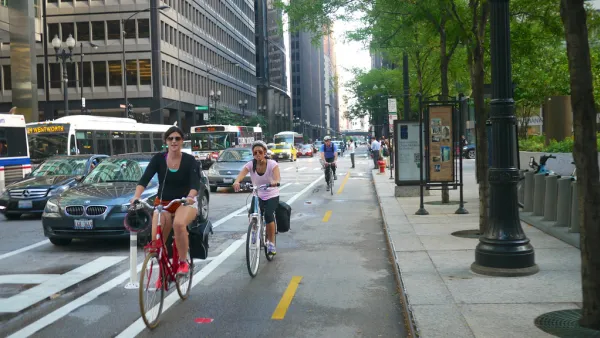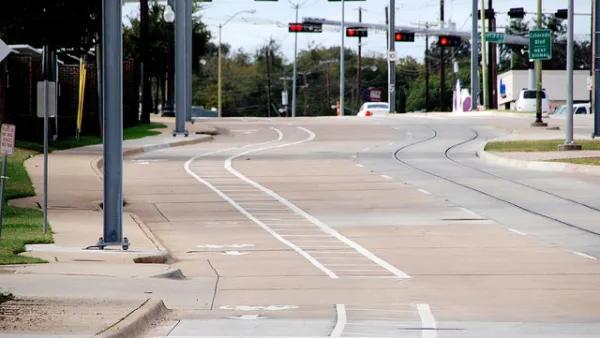To better advocate for the kind of walking and biking infrastructure it wants to see in a regional trail network, the Capital Trails Coalition has set out to define the components of a high-quality trail.

Bryan Barnett-Woods reports on an effort by the Capital Trails Coalition to identify and adopt consistent criteria for the evaluation of trails in the D.C. region.
"When the understanding of what a trail is varies, it's hard to create a true regional network that people of all abilities are comfortable using," explains Barnett-Woods of the problem facing active transportation advocates in the region. To better promote the creation of a regional network of trails, Capital Trails Coalition first laid out criteria for the components of a high-quality trail.
Barnett-Woods list the criteria, with more detail in the article to describe each point:
- Be separate from automobiles
- Be wide
- Have paved or hard surfaces
- Connect to other trails or destinations
- Accommodate both transportation and recreation
- Be a project that’s realistic to build now or sometime soon
- Follow uniform design standards
FULL STORY: Not all trails are created equal. Here’s how to tell the gold standard from the imitators

National Parks Layoffs Will Cause Communities to Lose Billions
Thousands of essential park workers were laid off this week, just before the busy spring break season.

Retro-silient?: America’s First “Eco-burb,” The Woodlands Turns 50
A master-planned community north of Houston offers lessons on green infrastructure and resilient design, but falls short of its founder’s lofty affordability and walkability goals.

Delivering for America Plan Will Downgrade Mail Service in at Least 49.5 Percent of Zip Codes
Republican and Democrat lawmakers criticize the plan for its disproportionate negative impact on rural communities.

Test News Post 1
This is a summary

Test News Headline 46
Test for the image on the front page.

Balancing Bombs and Butterflies: How the National Guard Protects a Rare Species
The National Guard at Fort Indiantown Gap uses GIS technology and land management strategies to balance military training with conservation efforts, ensuring the survival of the rare eastern regal fritillary butterfly.
Urban Design for Planners 1: Software Tools
This six-course series explores essential urban design concepts using open source software and equips planners with the tools they need to participate fully in the urban design process.
Planning for Universal Design
Learn the tools for implementing Universal Design in planning regulations.
EMC Planning Group, Inc.
Planetizen
Planetizen
Mpact (formerly Rail~Volution)
Great Falls Development Authority, Inc.
HUDs Office of Policy Development and Research
NYU Wagner Graduate School of Public Service





























